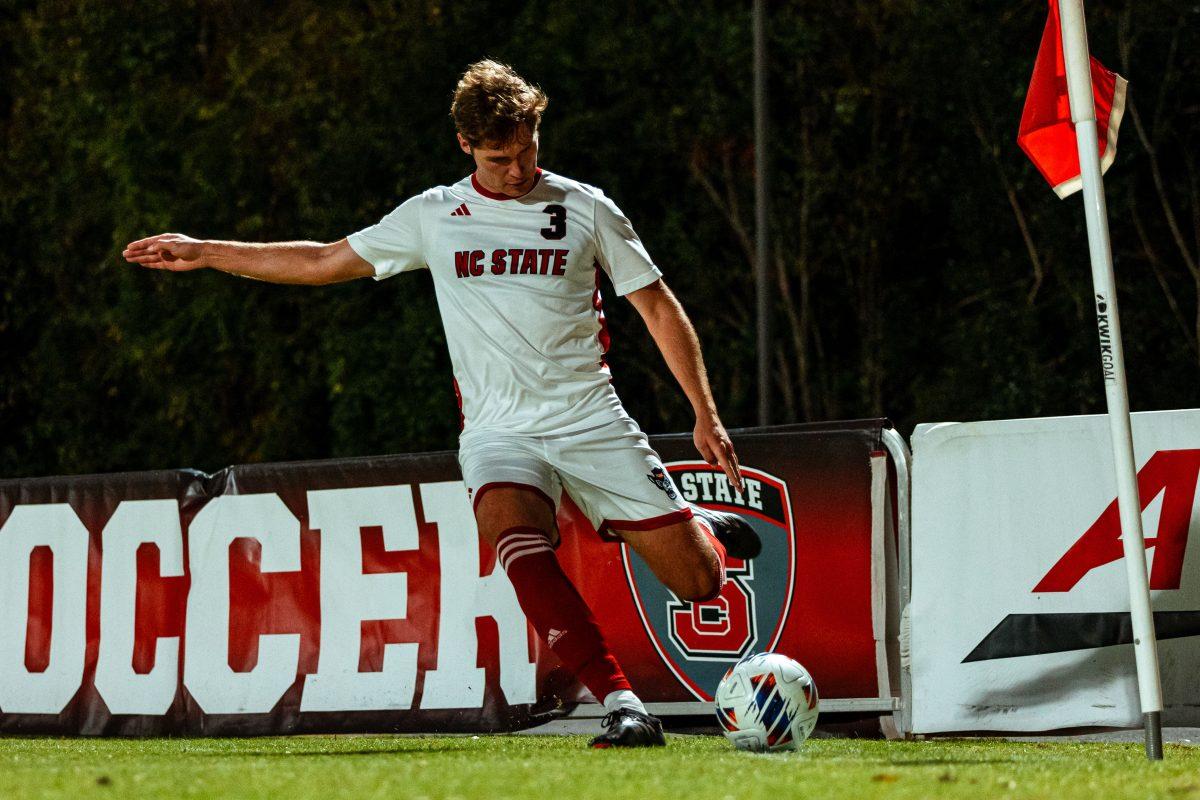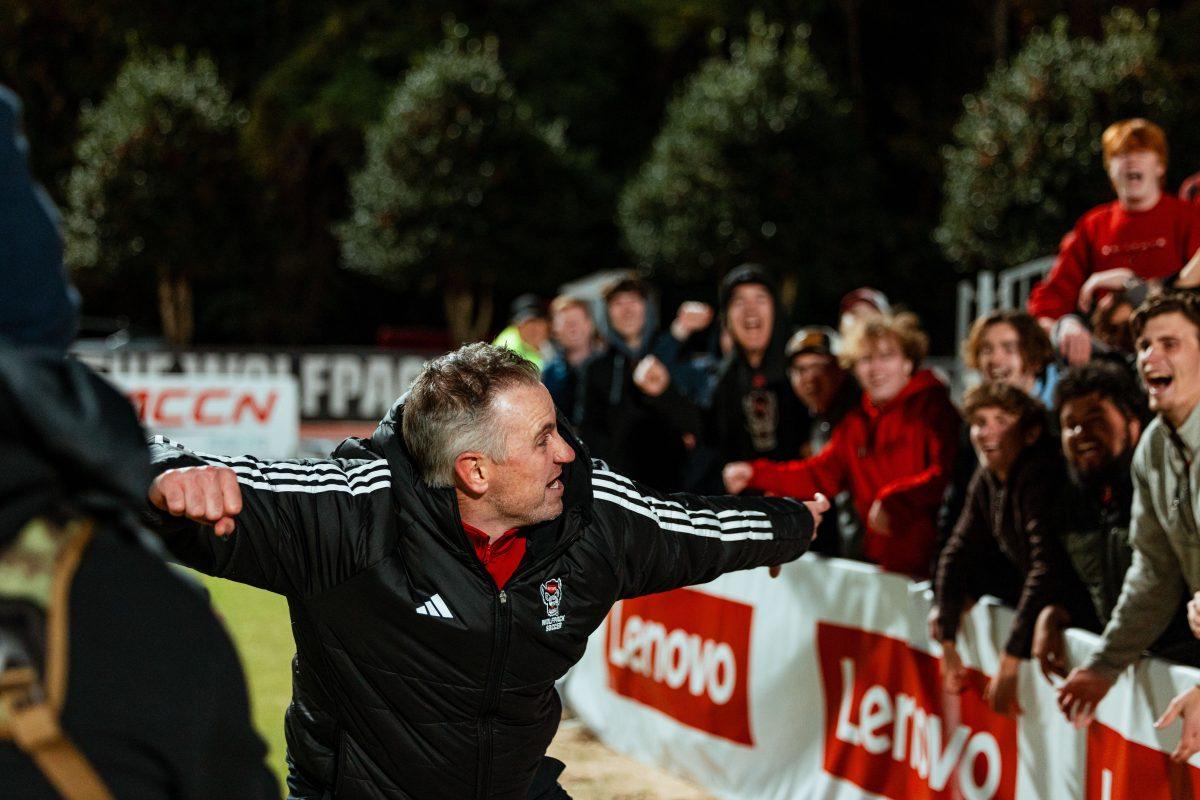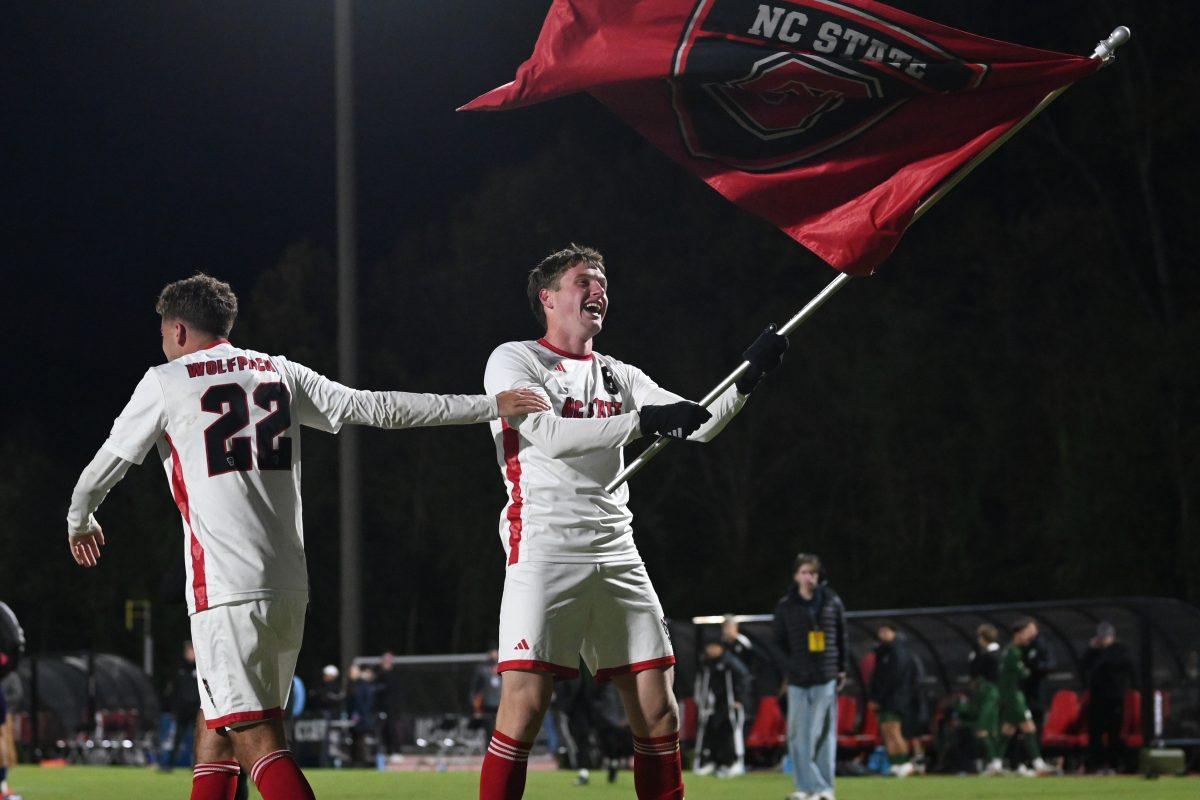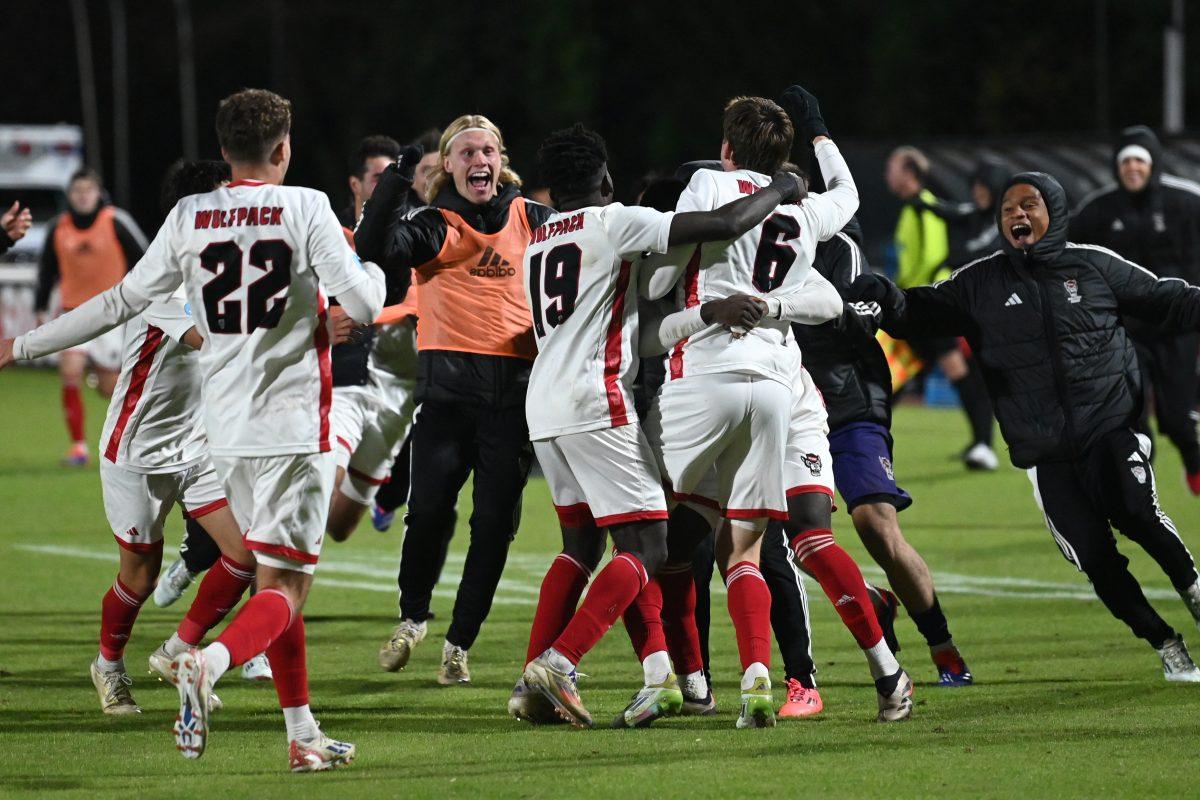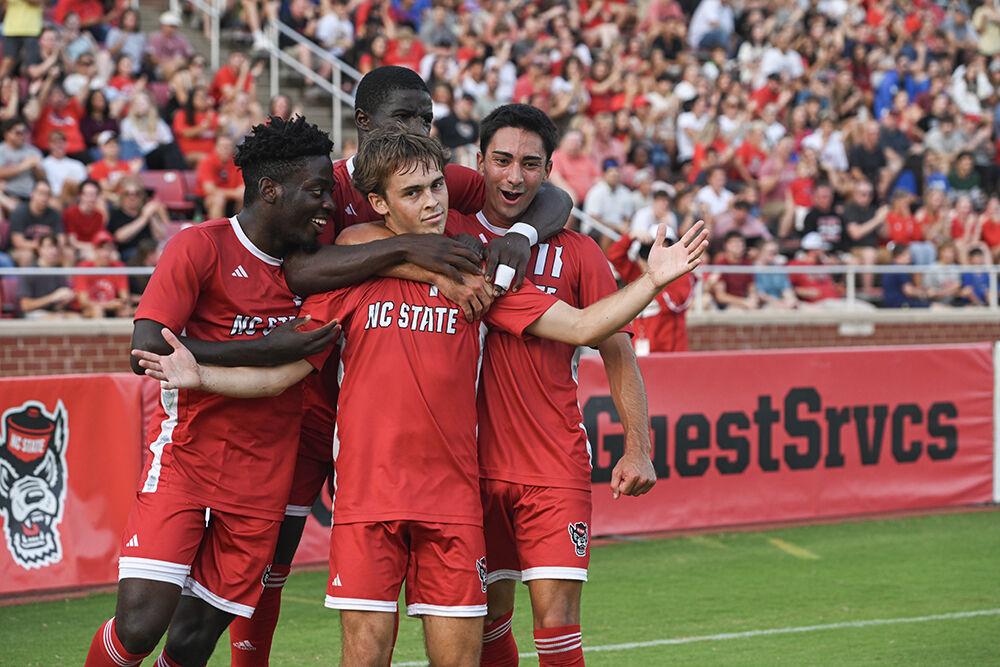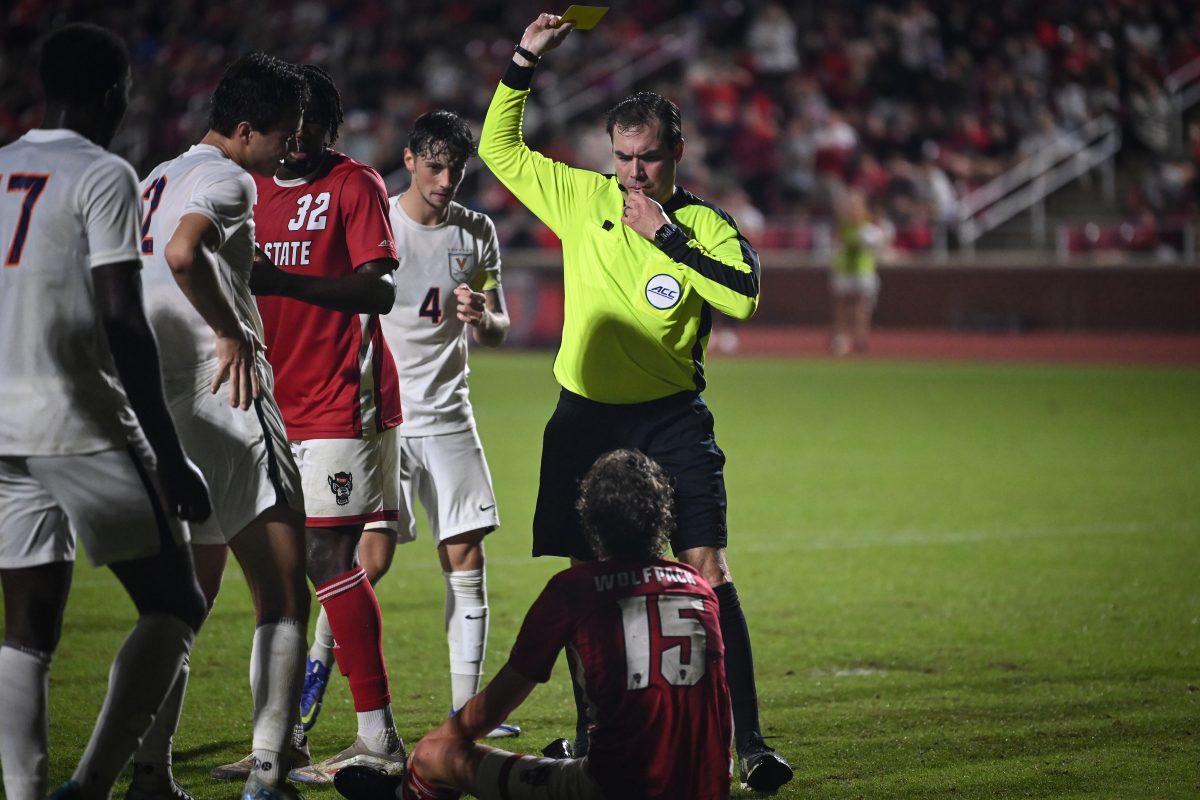With Major League Soccer looking to grow, an expansion team in Raleigh could be just over the horizon.
As the MLS seeks to expand to at least 24 teams by 2020, several metropolitan areas are under close consideration. Franchise expansions have already been confirmed for Atlanta, Los Angeles, Minneapolis-St. Paul and Miami.
However, this would still leave a gaping hole between Washington, D.C. and Atlanta, an area that has proven to be a hotbed for soccer.
Currently, the Carolina Railhawks are already based in the Raleigh area. However, the Railhawks compete in the North American Soccer League, a division that’s a tier below the MLS.
Established in 2006, the club originally competed in the United Soccer League. However, in 2010, the USL folded, and the Railhawks joined a new second-tier league: the NASL.
During their short tenure in the Triangle, the Railhawks have already established both an impressive record and a stronghold in the region.
The team’s resume includes victories over several MLS clubs, two NASL Supporters Cup Championships and a cumulative NASL division record of 72-41-56.
Fan support is also consistent for the club as well. In 2015, the average attendance was 4,539. While seemingly low at first sight, the number is impressive for a region long dominated by collegiate athletics.
The continuous growth of Capital Area Soccer League has helped increase the popularity of soccer amongst local youth. Currently, about 9,000 children participate in this youth league. As a result, fandom and support for the Railhawks has grown.
According to the United States Census Bureau, Raleigh was the 43rd largest city in the U.S. in 2014, with a population of 439,896. This is significantly up from 362,525 in 2006 when the Railhawks were founded. This rapid population growth is forecasted to continue through at least 2025.
In Forbes Magazine’s 2015 rankings, Raleigh was ranked the fourth fastest-growing city in the U.S. The rating took into account other factors such as year after year job growth and gross metro product growth. Historical data has illustrated that professional sports franchises are more stable when based in areas of high population and economic stability.
As the MLS continues to garner more recognition in the worldwide soccer community, top players from the U.S. have more incentive to remain in the U.S. and continue their career in the MLS.
The historically elite collegiate soccer programs of NC State, Duke and UNC-Chapel Hill would provide a young and convenient talent pool for the club to draw from.
Despite many positive factors, there are a few obstacles Raleigh and the Railhawks would face in the process of upgrading to an MLS team.
As of the most recent 2014 census, Raleigh still trails significantly behind Charlotte in both city and metropolitan population. In order to attain an MLS team, Raleigh would likely have to compete against a city almost twice its size.
Another hurdle that Raleigh would have to clear would be an appropriate-sized sporting venue. The Carolina Railhawks currently play at WakeMed Soccer Park in Cary. The stadium seats 10,000. However, the MLS prerequisite requires that its teams play in a venue that holds a minimum of 20,000 fans.
Currently, the only outdoor stadium in Raleigh with a capacity of more than 20,000 is Carter-Finley Stadium. Despite the potential for WakeMed Soccer Park to expand to a capacity of 25,000, construction of another stadium would most likely be necessary.
Raleigh city leaders have recently called for a large sporting venue at the southern edge of downtown and Carolina Railhawks owner, Steve Malik, has stated he believes the Triangle is ready for MLS. However, this venue is merely a 10-year vision. Nothing is set in stone.
Despite the barriers, Raleigh makes a good case for an MLS team and looks for the league to take the city under strong consideration.


